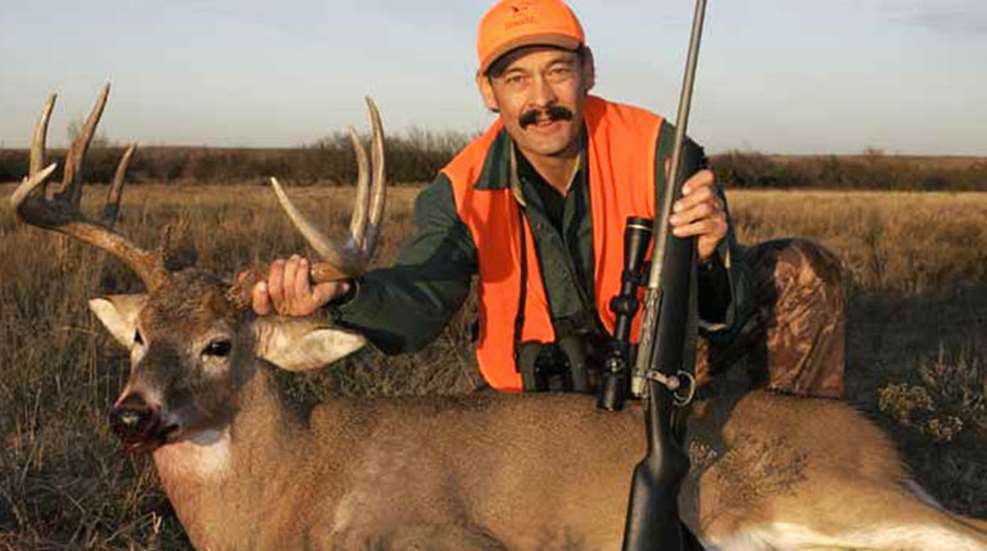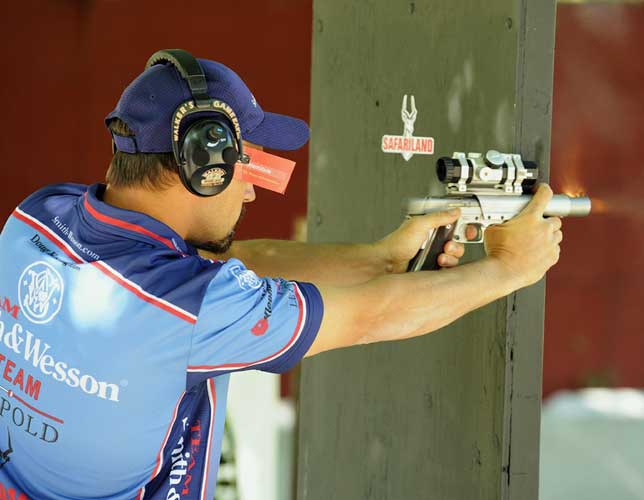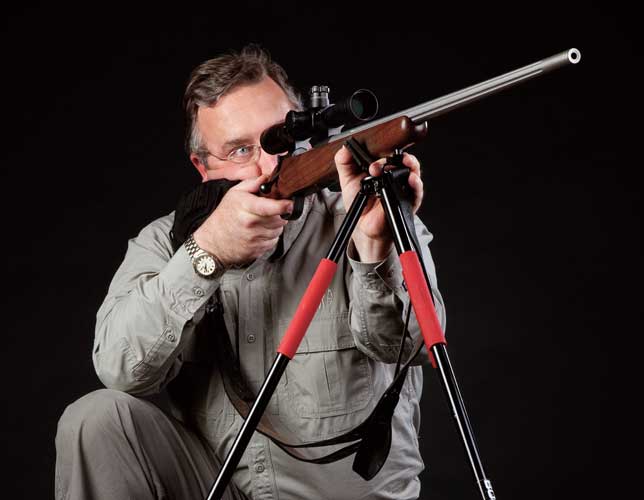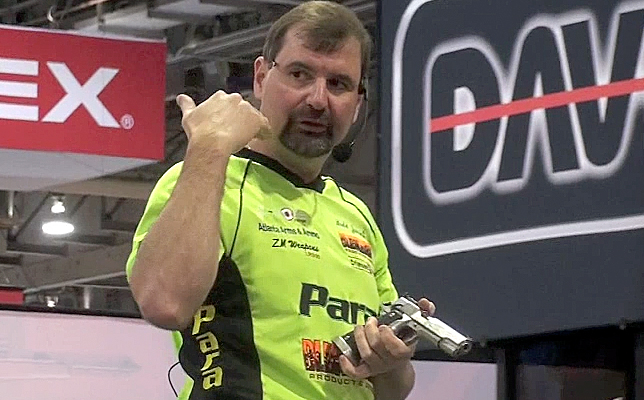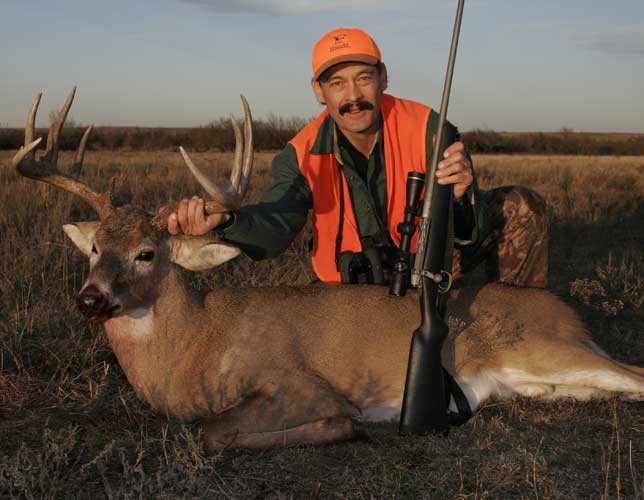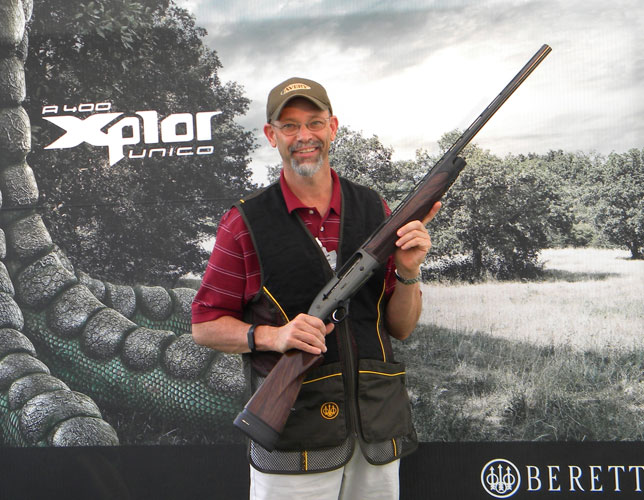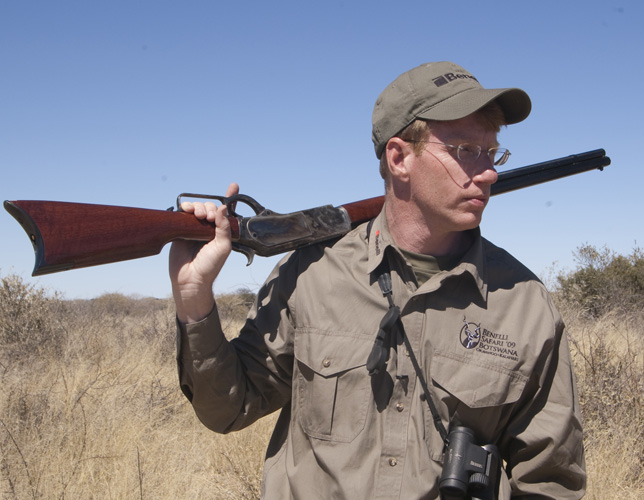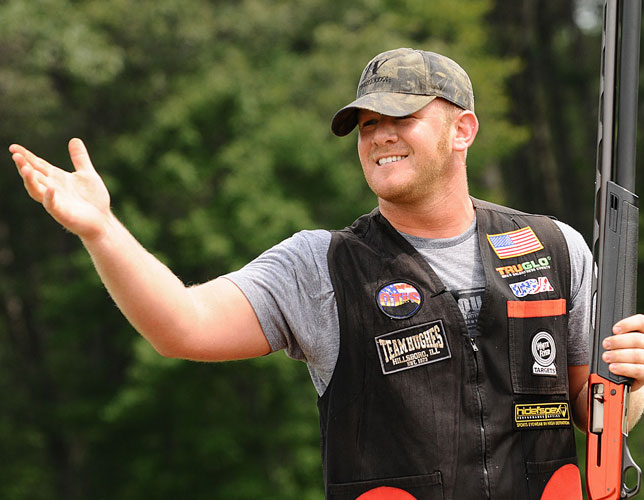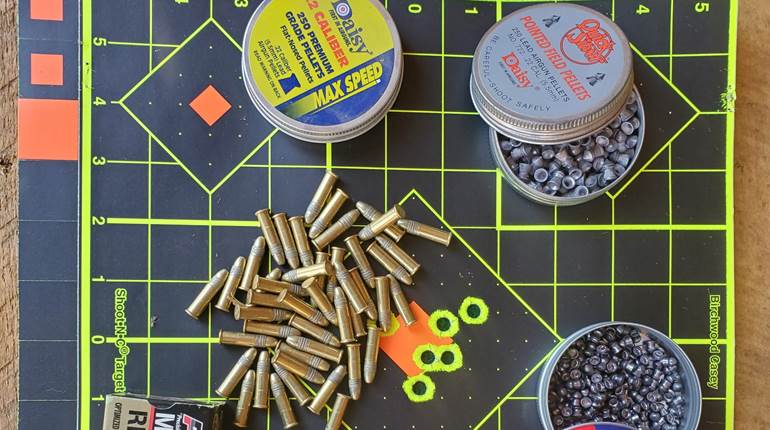The worst piece of advice I've heard came from a reader who took issue with a story in American Hunter I published some years ago regarding marksmanship principles I learned in the Marine Corps. In that article, I explained the basics of marksmanship—summed up by an acronym, BRASSF: breathe, relax, aim, stop, squeeze and follow through. The "squeeze" reminds one to squeeze the trigger, not jerk it. But this reader took issue with that advice, which, by the way, is time-honored and proven by generations of excellent Marine marksmen from Belleau Wood to Guadalcanal to Hue City to Fallujah. Instead, he said you want to know exactly when the rifle will fire, and the only way to make this happen is to jerk the trigger. Seriously. He suggested one should actually jerk the trigger to effectively make the rifle fire exactly when you want. I can't emphasize enough how important it is to take a deep breath, let half of it out, then relax, aim, stop and double-check everything, then squeeze the trigger and follow through. Jerk the trigger, and God knows where your round will land. --J. Scott Olmsted, Editor in Chief, American Hunter
